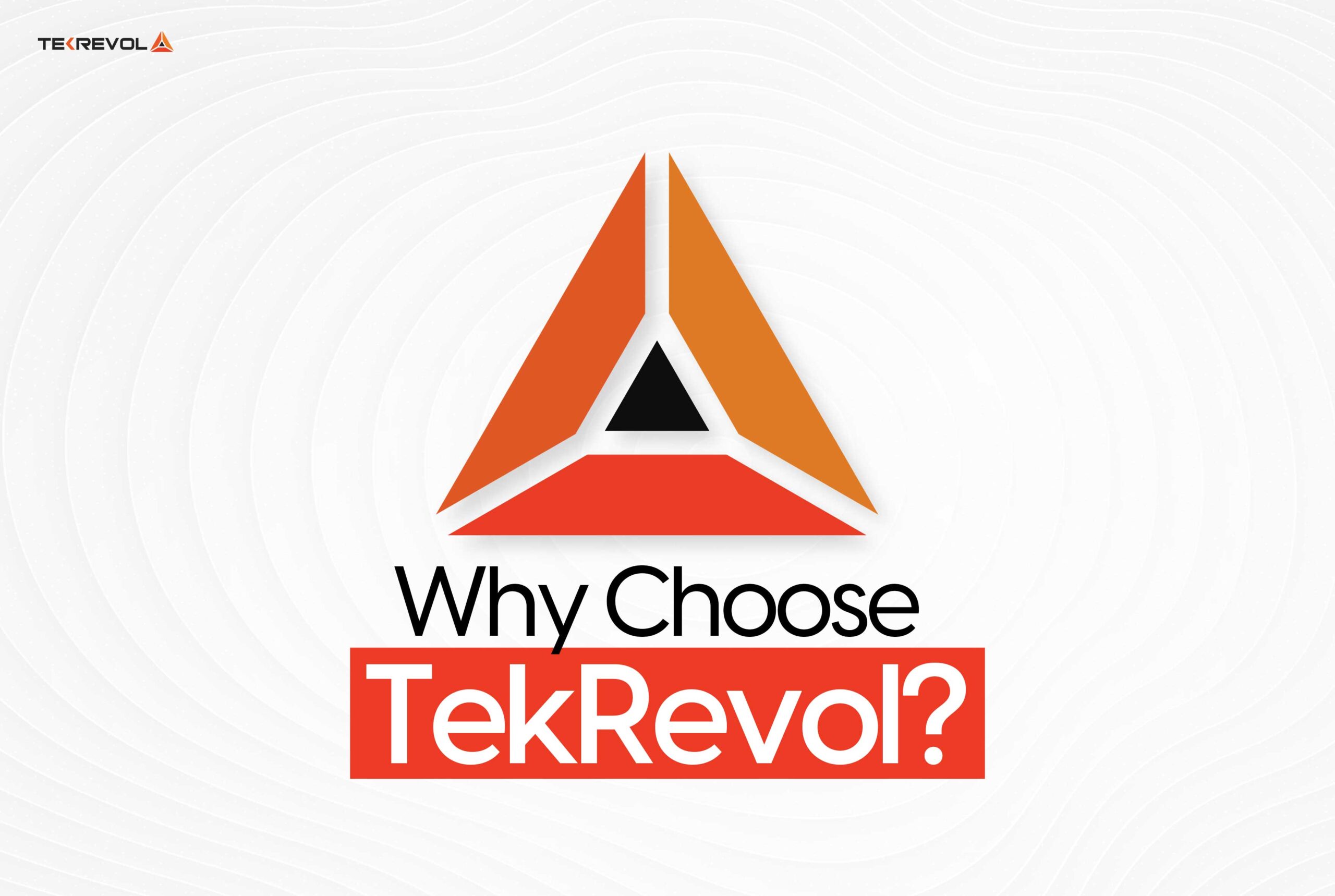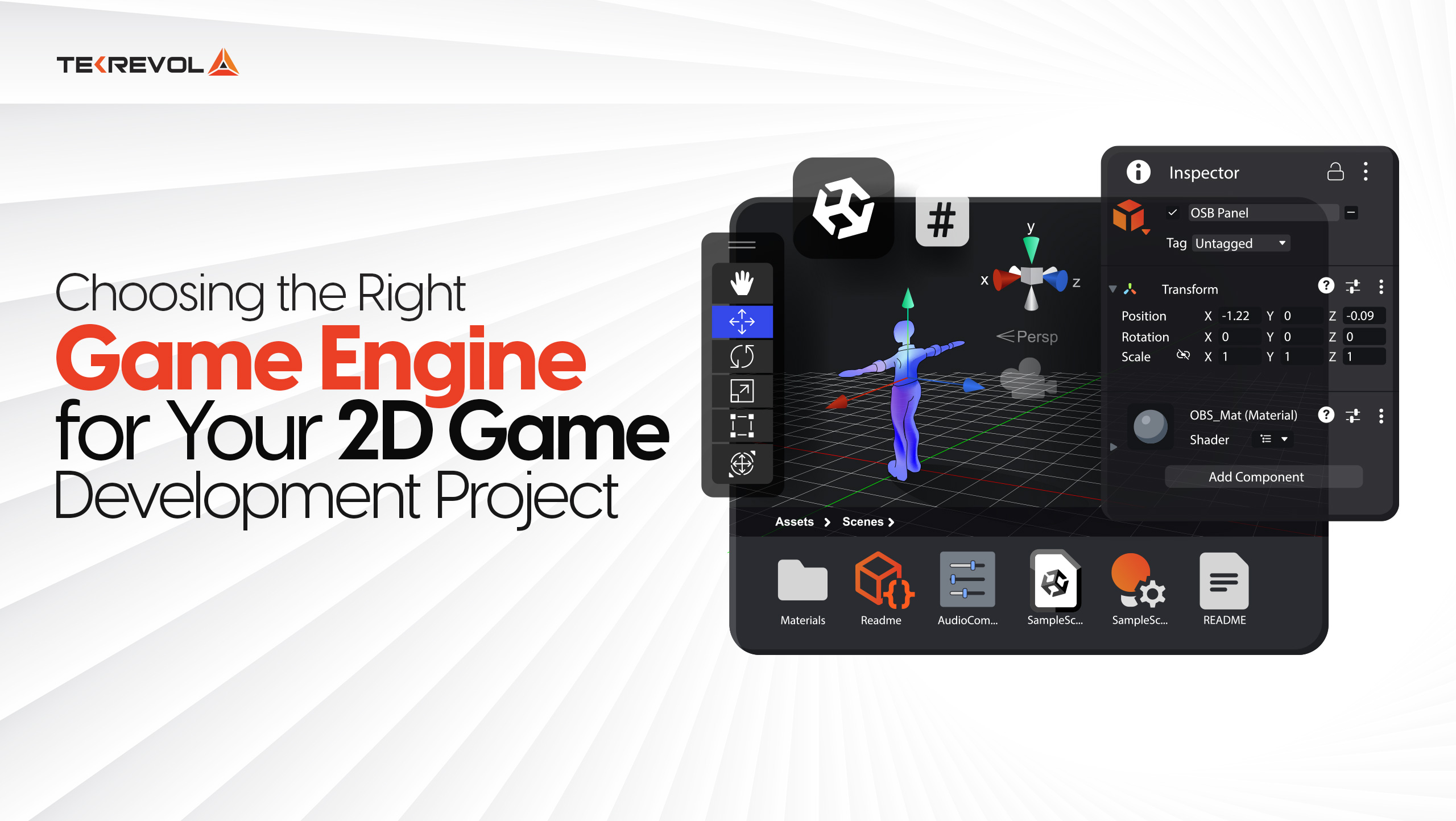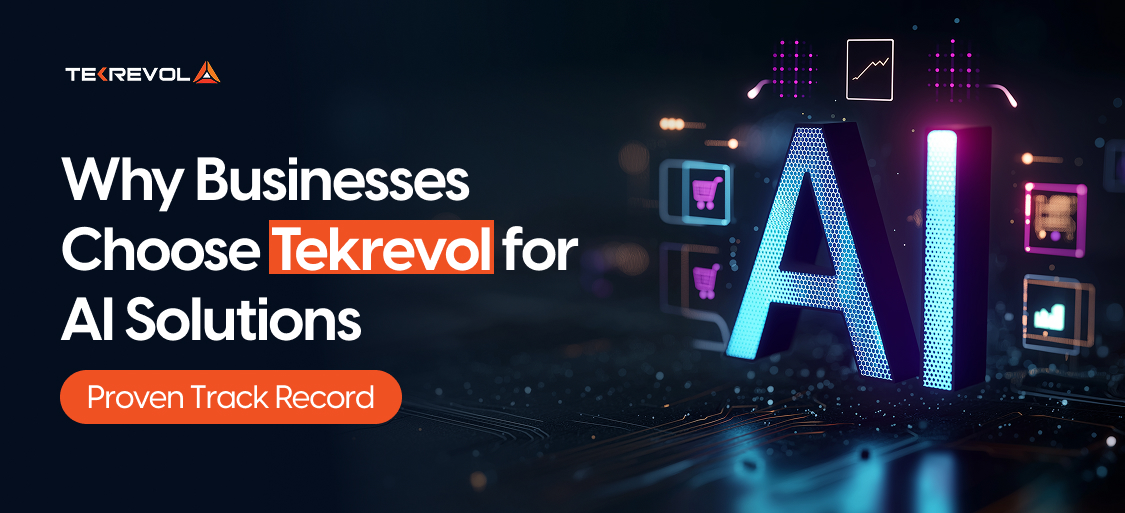Imagine a world where your day-to-day transportation, courier delivery, or business logistics are all taken care of with ease, courtesy of an app. That is what transportation app development in 2025 has the potential to do. It’s no longer just from point A to point B; it’s creating a world that makes mobility smart, safe, and faster.
The way people connect with mobility services has altered as a result of transportation applications. Modern urban living is replete with ride-hailing, logistics, and delivery applications that enable companies and consumers to conveniently access services quickly.
This issue is intriguing since developers are being forced to innovate constantly due to the increased need for speed, efficiency, and dependability.
This guide offers perfect answers to your thoughts regarding how to build a transport app, and how much does it cost to build a transportation app. While reading our guide, you will easily understand how you can create such an app while remaining lucrative and relevant in 2025. Whether you’re a startup, a business owner, or an aspiring developer, this blog is your roadmap to creating an app that users will love.
Why is Transportation App Development Important in 2025?
The demand for transportation app development goes beyond being convenient. Let’s dive in and see why these apps are critical today:
Increasing On-Demand Economy
Customers seek instant gratification. Whether it’s a ride-hailing or package delivery, apps now constitute the channel of choice for satisfying short-term needs. Companies that have not embraced digital mobility solutions will likely lose their competitive position.
Worldwide E-Commerce Expansion
All over the world, the volume of online shopping is enormous. Many logistics and transportation software applications enable companies to optimize delivery routes, provide shipment tracking, and boost customer satisfaction.
Urbanization and Intelligent Cities
With rapid population growth, cities face an increasing number of traffic and mobility problems. Construction and transportation software applications support the planners of smart cities with real-time traffic data, ride-sharing, and environmentally friendly public transportation.
Environmental Protection
Most software applications that have features such as electric vehicles, shared rides, and smart transit calculate and track the user’s emissions and help lower the carbon footprint.
From the business point of view, corporate strategy transportation application development increases revenue and lowers operating costs, and captures valuable customer data.
Most users of software applications appreciate the increased safety and convenience, as well as instant status updates. In business and personal life, most users consider transportation software applications an indispensable part of their everyday life.
What Are the Different Types of Transportation Apps Available Today?
The development of transportation applications has moved beyond simply creating ride-hailing tools. There are various types, each with a dedicated purpose:
| Type of Transportation App | Purpose/Use Case | Popular Examples |
| Ride-Hailing Apps | On-demand passenger transport | Uber, Lyft, Grab |
| Logistics & Delivery Apps | Package delivery and tracking | DHL, FedEx, ShipBob |
| Public Transit Apps | Bus, train, and metro navigation | Moovit, Citymapper |
| Car Rental & Sharing Apps | Vehicle sharing or rental services | Zipcar, Turo |
| Fleet Management Apps | Business vehicle tracking and management | Samsara, Fleet Complete |
| Bike & Scooter Sharing Apps | Short-distance, eco-friendly transport | Bird, Lime, Spin |
Each model is based on real-time tracking, artificial intelligence route optimization, and instant payment integration. Companies can integrate several models within a single app—for instance, an Uber app that also supports logistics services, a hybrid solution.
Step-by-Step Transportation App Development Guide
1. Know the Market and Find Your Niche
Transportation app development begins with research. It is vital to know your audience. Ask yourself:
- Who will use my app?
- What pain point am I addressing for them?
- Who are my rivals?
Search for market trends and conduct surveys. For instance, a ride-sharing app that is route-optimized can be more practical in places with heavy traffic.
A logistics software with trackable shipments could be better suitable for e-commerce businesses. Knowing your expertise will help you develop a service that people actually need.
2. What are the Transportation App’s Main Features
Depending on the type of software, core features vary, but dependability, safety, and convenience must always come first.
Features Required Include:
- Real-Time GPS Tracking
- Easy Sign-Up/Login
- Multiple Payment Options
- Push Notifications
- Ratings & Reviews
- Driver or Delivery Partner Dashboard: Facilitates partners to schedule, manage earnings, and routes efficiently.
Optional enhanced features are AI route forecasting, in-app messaging, AR navigation, and multi-modal transport integration.
3. Select the Right Technology Stack
Your app’s scalability and performance depend on the technology stack.
| App Section | Technology Options | Purpose |
| Frontend | React Native, Flutter | Cross-platform development, smooth UI |
| Backend | Node.js, Python (Django), Java | App logic, APIs, server-side processing |
| Database | PostgreSQL, MongoDB, MySQL | Store user, ride, and logistics data |
| APIs | Google Maps, Stripe, Twilio | Mapping, payments, communication |
| Cloud Services | AWS, Google Cloud, Azure | Scalable infrastructure |
| Analytics | Mixpanel, Firebase, Tableau | User behavior and app performance insights |
Having the right stack makes the app fast, reliable, and scalable.
4. Design an Intuitive UI/UX
Your app’s design influences how users experience it. A simple, intuitive interface maintains engagement.
Best Practices for UI/UX Design:
- Maintain simple and intuitive navigation.
- Adopt a clean, simple look with light, readable buttons.
- Incorporate interactive tutorials for new users.
- Put accessibility for all users first, including visually impaired users.
- Prototyping and user testing at this stage identify areas of pain before development.
5. Safety and Security First
Security is paramount in transport apps. People need to feel secure that their data and payments are safe.
Key Safety Features:
- SOS button for emergencies
- Driver verification and background checks
- Secure payment gateway integration
- Data encryption and GDPR compliance
A secure app gains trust and invites repeat usage.
6. Quality Assurance and Testing
Testing ensures that your application performs as planned in all scenarios.
- Functional testing ensures that every feature works.
- Performance testing: Verifies scalability, speed, and loading.
- Security Testing: Opens up weaknesses.
- Usability Testing: Examines the user interface.
A thorough QA process reduces post-launch bugs and negative reviews.
7. Launch and Promote Your App
A fantastic app will not succeed without marketing. Launch initiatives encompass:
- Pre-launch social media teasers
- App store optimization (ASO)
- Influencer marketing campaigns
- Referral and loyalty programs
Marketing needs to highlight the app’s strengths over others and its special characteristics.
Ready to build the big transportation app?
We develop custom apps that scale effortlessly, ensuring your business adapts and thrives long-term
Schedule a Free CallWhat Does a Transport App Need to Have in 2025?
2025 users anticipate smart and efficient apps. The following are now deemed indispensable:
For Users:
- Quick sign-up and login
- GPS-based tracking
- Multi-payment options
- Push notifications
- Ratings and reviews
- Multi-modal transport options
For Drivers/Admins:
- Earnings and schedule dashboard
- Route optimization
- Customer feedback system
- Fuel and maintenance logs
- Safety alerts and emergency features
How Much Does It Cost to Build a Transportation App?
Cost varies based on features, platforms, and location.
| App Type | Features | Estimated Cost |
| Basic Ride-Hailing | GPS, payments, user/driver login | $30,000 – $50,000 |
| Mid-Level Transport | Live tracking, chat, reviews | $60,000 – $90,000 |
| Enterprise Logistics | Fleet management, predictive analytics | $100,000 – $250,000 |
Sourcing development can save hidden costs, but in-house development provides greater control and long-term scalability.
Worried about transportation app development costs?
We deliver expert advice and transparent pricing, helping you build trust and achieve business goals.
Get Your Estimate NowHow Long Does it Take to Develop Apps for Transportation?
Here is the clear table for the expected time period of transportation app development:
| App Complexity | Development Timeframe |
| MVP | 3–5 months |
| Full-featured App | 6–12 months |
| Enterprise Solution | 12–18 months |
Delays usually happen because of testing, iterative design revisions, and incorporating cutting-edge features like AI or IoT.
Best Practices for Transportation App Development

Creating a transport or logistics app requires more than just coding. To make your application a success, you have to merge the appropriate features with industry best practices that support performance, user satisfaction, and compliance. Some of the necessary tips on creating stable and scalable apps in 2025 include:
1. Ensure Data Privacy and Security Compliance
User trust is everything in transportation app development. Businesses must abide by stringent privacy laws like the GDPR, CCPA, or HIPAA (for medical transportation) since these applications gather sensitive data, including payment information, ride history, and location data.
- All sensitive user data should be encrypted.
- Make use of tokenized payment channels such as PayPal or Stripe.
- Check your app for vulnerabilities on a regular basis.
- Verify adherence to local data regulations.
Prioritizing data security helps you protect people and build a trustworthy brand.
2. Emphasize Live GPS Tracking
Live tracking is not optional in today’s transportation environment. Users want to see precisely where their ride, package, or shipment is at any given time. GPS tracking optimizes routes and minimizes idle time for drivers and logistics managers.
- Give users accurate ETAs with real-time notifications.
- Integrate Google Maps or Mapbox APIs.
- Provide drivers with suggested alternate routes to bypass delays.
This functionality not only increases user satisfaction — it also saves businesses money by maximizing operational efficiency.
3. Offer Several Payment Choices
With flexibility and multiple payment choices, users interacted with the applications.
For example:
- Wallets and Credit/debit cards.
- Mobile wallets like Apple Pay, Google Pay, or Samsung Pay.
- Updated payment trends like a cryptowallet.
Such multiple gateways offer more accessibility to app user interfaces.
4. Accessible User Interface
It does not matter if your app has features; a user won’t interact further if the app is not easy to use. Speed and accessible navigation are very important for the pillars of modern app development.
- Provide a friendly UI with low steps.
- Accessible features for users with difficulty.
- Minimization for both iOS and Android frameworks.
Solid UI/UX design to ensure a boost in ranking.
5. Employ In-App Chat and Support
Customer support is make-or-break for the user experience. Implementing an in-app chat or chatbot guarantees users are able to solve issues instantly without having to leave the platform.
- Offer AI chatbots for FAQs.
- Provide live human support for advanced issues.
- Enable direct interaction between passengers and drivers.
This aspect develops trust and encourages long-term user loyalty.
6. Enhance Speed and Performance
Slow apps mean unhappy users. If your transport app loads slowly, customers will go to your competitors.
- Optimize server response time.
- Compress maps and media files.
- Regular performance testing during off-peak hours.
High-performing apps don’t just keep users engaged but also manage increased traffic efficiently.
7. Adopt Rating and Feedback Systems
Transparency is essential in apps where there is trust. Ratings and reviews promote accountability between drivers, couriers, and users.
- Let passengers rate drivers after every ride.
- Make drivers rate passengers as well.
- Utilize rating analytics to enhance the quality of service.
This two-way accountability ensures that the platform remains secure, professional, and accessible.
8. Employ Smart Push Notifications
Push notifications keep users active — but they have to be smart, not spam.
- Send immediate ride updates.
- Notify users about forthcoming reservations.
- Off-peak, provide tailored specials.
Notifications improve retention and re-engagement without overburdening users when used sparingly.
9. Put Intelligent Traffic Control into Practice
The biggest constraint in the transportation industry is traffic. In addition to saving customers time, intelligent traffic control technologies let cars avoid congested routes.
- Put AI-based traffic forecasting into practice.
- Provide backup routes in case of obstructions or accidents.
- For real-time notifications, combine with IoT-based congestion data.
- Both efficiency and consumer happiness rise as a result.
10. Make Use of the Smart Ride Matching Function
For ride-hailing and carpooling apps to balance supply and demand, intelligent matching is essential.
- Drivers and riders are matched based on proximity.
- Utilize algorithms that reduce waiting time.
- For carpooling, recommend passengers with a common destination.
This minimizes idle drivers, enhances efficiency, and reduces costs for everyone involved.
11. Analyze Data and Continue to Improve
Data is money in transportation app development. Each ride, booking, or delivery provides great insights.
- Monitor KPIs such as average wait time, canceled rides, or delivery delays.
- Use predictive analytics to predict demand surges.
- Regularly update features based on real-world use.
Data-driven decision-making makes your app evolve with user needs.
12. Win over users with Loyalty Programs and Rewards
Acquisition is more expensive than retention. Loyalty programs encourage customers to remain with your app rather than using rivals.
- Give regular users discounts or ride credits.
- Make motivations for referrals.
- Offer gamified incentives, for instance, levels, badges, and points.
These tips sustained engagement and increased brand loyalty.
How to Make Money through Transportation Apps
Monetization is the pillar of every successful app. Now that you’ve invested in transportation app development, you require strategies to remain profitable while maintaining happy users. Here’s how transportation apps make money:
1. Commission on Ride and Delivery
The most popular model is taking a commission per transaction. Apps like Uber or DoorDash charge a percentage on each ride or delivery, establishing a scalable cash system.
- Average commission: 15–30% based on service type.
- Operates for ride-hailing, courier, and logistics companies.
- This provides consistent revenue as volumes increase.
2. Promotions, Advertising, and Partnerships
Apps with great user bases can make a lot of money from ads and brand deals.
- Display in-app ads (restaurants, retail outlets, fuel stops).
- Partner with EV charging firms or insurance firms.
- Provide co-branded loyalty discounts.
This approach brings additional revenue streams without adding ride expense.
3. Business Solutions
Mass transportation or logistics needs are typical of large corporations. Transport apps can address this B2B market by providing:
- Employee commuting solutions.
- Bulk package deliveries.
- Customized corporate dashboards.
These business deals generate high-value contracts and recurrent revenue.
4. Surge Pricing
Surge pricing is a real-time revenue mechanism applied in peak-demand times. Prices automatically increase when demand outweighs supply, providing an equilibrium to the ecosystem.
- Peak hours, holidays, or inclement weather tend to initiate surges.
- Scales driver income while increasing company revenue.
- Surge pricing, though unpopular, is a viable profitability tool.
5. Subscription Programs
Several apps are shifting towards subscription-based structures. Customers pay an annual or monthly fee for benefits such as reduced fares, high-priority bookings, or complimentary deliveries.
- Example: Uber Pass or Amazon Prime.
- Fosters customer retention while producing recurring revenue.
- Combining subscriptions with loyalty programs makes it a potent growth driver.
6. Freight Brokerage and Load Matching
Freight brokerage is an extremely remunerative model for logistics app development. Apps can charge a brokerage fee for every transaction by linking shippers and carriers.
- Real-time load boards for truckers.
- AI-powered matching between cargo and available fleet.
- Reduces empty miles, enhancing efficiency.
This model is gaining popularity in the logistics industry.
What Are the Benefits of Transportation App Development?
- Improved User Experience: Real-time information, convenience, and trust.
- Operational Efficiency: Manually automated processes eliminate human errors.
- Revenue Streams: Subscriptions, commissions, ads, and partnerships.
- Data Insights: For decision-making and personalization.
- Scalability: Apps can be scaled to new cities and markets.
What Problems Are There in Transportation App Development?
Transportation apps experience several problems:
- Competition: Competing brands hold the majority of user attention.
- Regulatory Compliance: Varying laws in different areas.
- Scalability Problems: Managing large numbers of users during peak hours.
- Security Threats: Protecting private data and money.
- Technical difficulties: Include integrating AI systems and maps.
In order to avoid such problems requires careful preparation, market research, and the use of a strong technological stack are required.
How Does Logistics App Development Differ from Transport Apps?
Logistics app development emphasizes transporting goods in an efficient manner, whereas transport apps mainly transport people.
| Aspect | Transport Apps | Logistics Apps |
| Main Goal | Passenger movement | Goods shipment & supply chain |
| Timeframe | On-demand | Scheduled & long-term |
| Users | General public | Enterprises & businesses |
| Key Features | Live tracking, ratings, and payments | Inventory management, fleet tracking, predictive delivery |
Merging both of them can produce hybrid apps that cater to multiple markets.
How Tekrevol Assists You in Creating a Transportation App
By this point, you might be thinking: how do you make your transportation app idea come to life? That’s where Tekrevol comes in.
As a top innovation-driven software solutions partner, Tekrevol is an expert in transportation app development and logistics app development that serves your business objectives. From designing elegant user interfaces to incorporating cutting-edge AI-powered app development and scaling infrastructure, Tekrevol makes your app not just functional but future-proof.
Our process consists of:
- Discovery Workshops: Translating your vision into actionable app features.
- Custom Development: Developing apps with industry-leading technologies.
- Scalable Solutions: Ensuring that your platform grows with your company.
- After-launch Assistance: Continuous changes, updates, and upgrades.
Tekrevol is your best partner if you’re ready to build the next FedEx, Uber, or innovative logistics solution. Along with our co-pilot assistance, we’ll design an innovative, scalable, and transport app for 2025 and onwards.
Need end-to-end transportation app development?
From design to deployment, Tekrevol expertly handles everything.
Book Your Free Consultation
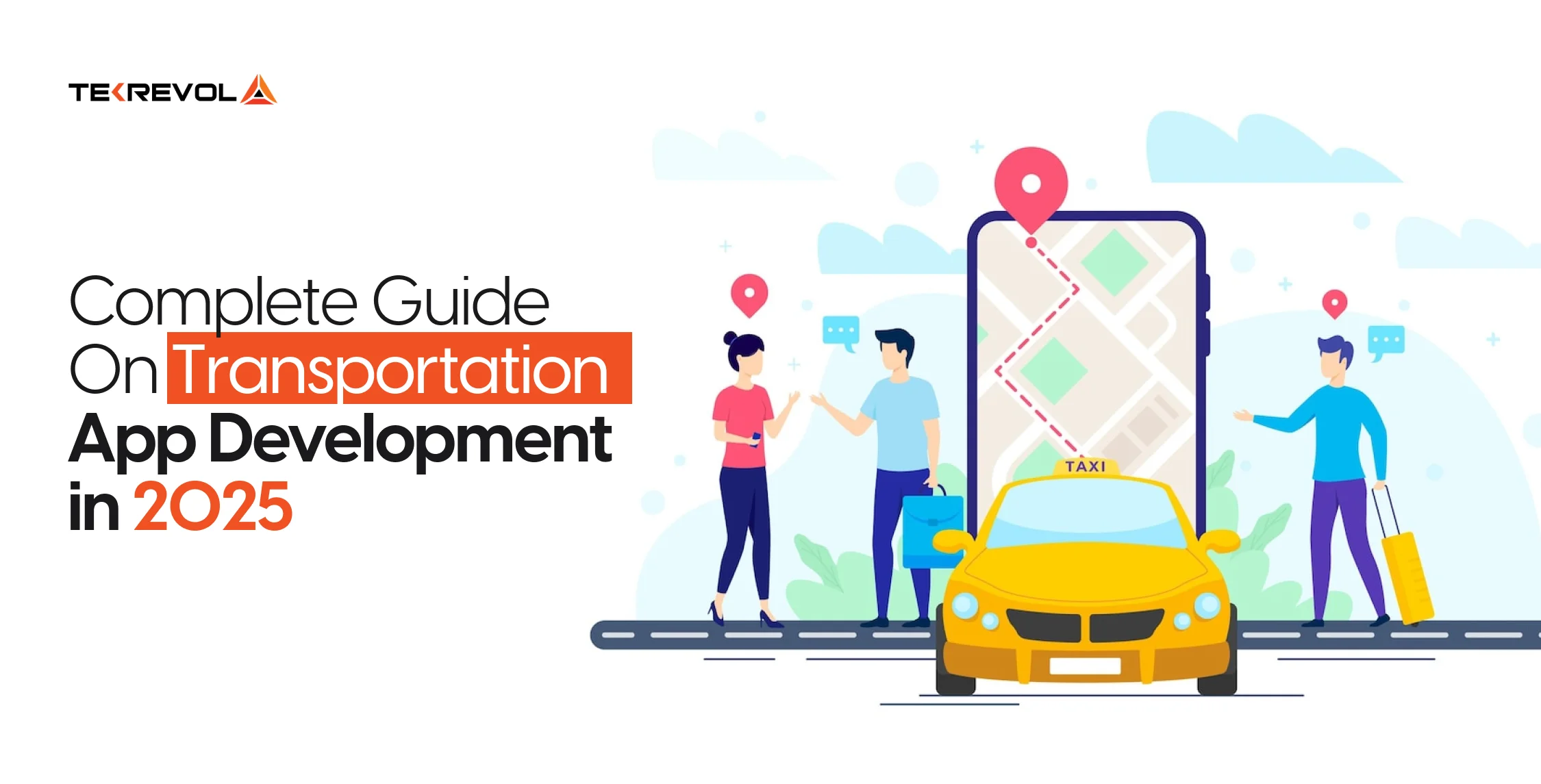
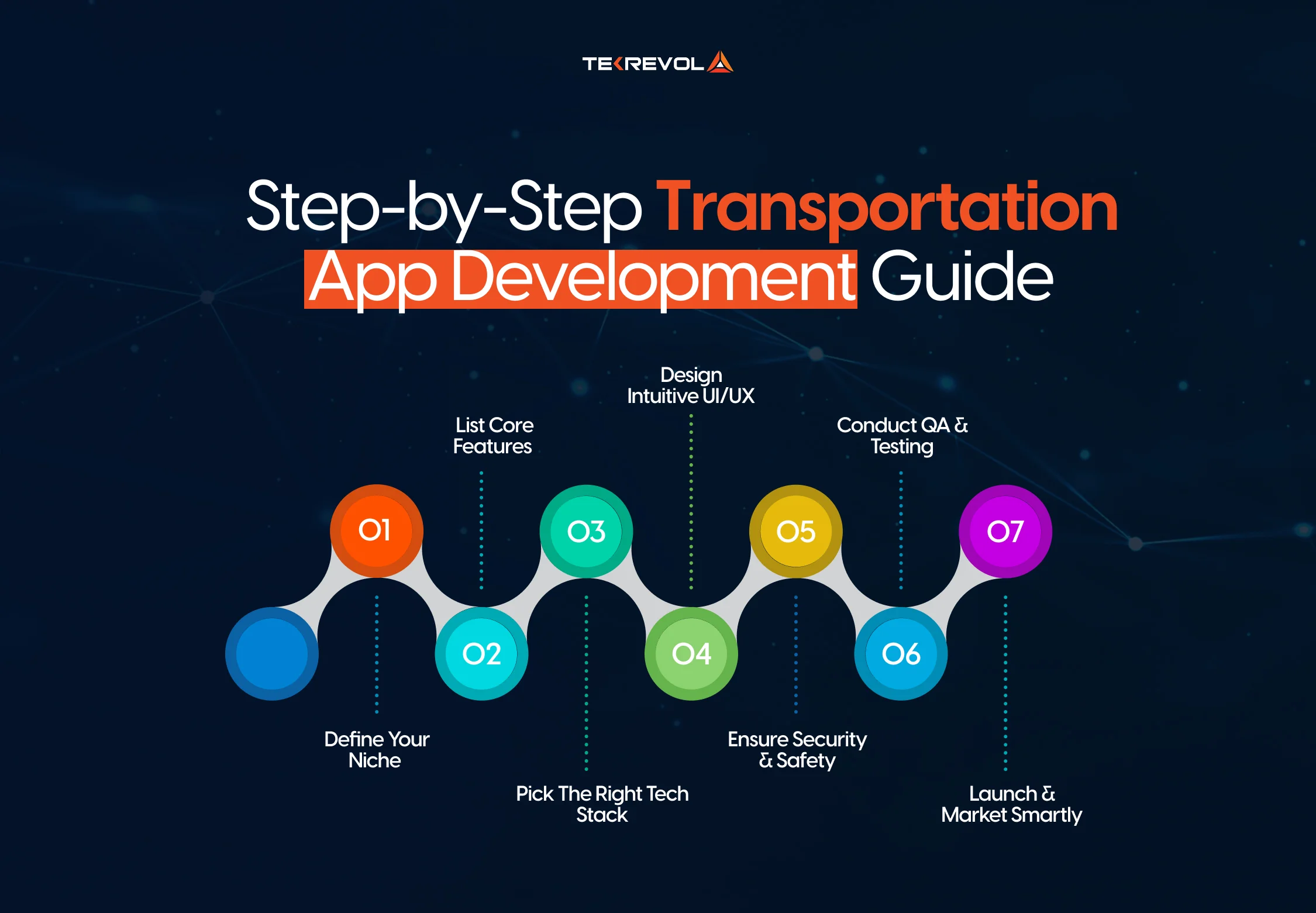
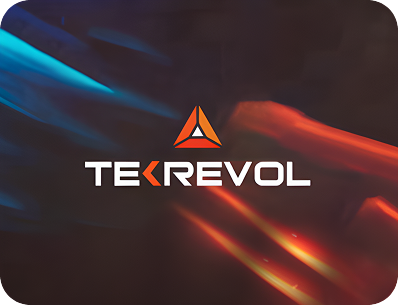

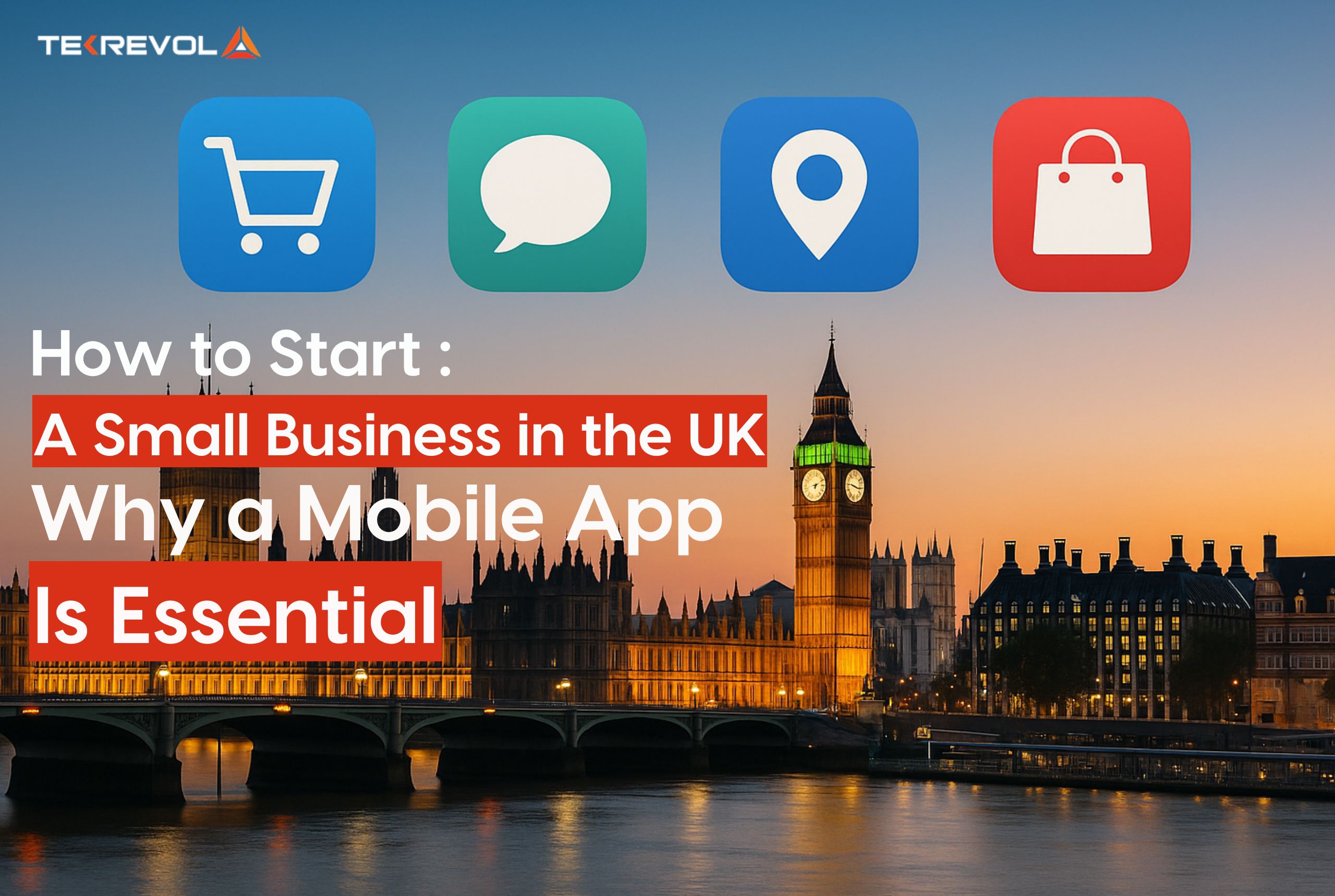
![Top Music App Without Ads [2025 Picks for Android & iOS]](https://d3r5yd0374231.cloudfront.net/images-tek/uploads/2025/08/Featured-Image-27.jpg)
